“Spider-Man: Across the Spider-Verse,” the sequel to the acclaimed 2018 release “Into the Spider-Verse,” debuted this June. The film, which is the first of a planned two-part story, is as visually innovative as its predecessor but expands the story’s scope.
“Into the Spider-Verse” stars Shameik Moore and Hailee Steinfeld, as they return as Miles Morales and Gwen Stacy. Jake Johnson as Peter Parker and Daniel Kaluuya as Hobie Brown are also standouts. They are, however, all outshined by Oscar Isaac, who plays the complicated antagonist, Miguel O’Hara. Isaac lends an effective blend of menace and vulnerability to O’Hara, delivering a nuanced and sympathetic performance. The character’s musical theme, composed by Daniel Pemberton, is also memorable.
Pemberton also composed the score for “Into the Spider-Verse,” and his reintegration of music from that film’s score is very effective. His new tracks, however, are even more impressive. Their noisy synths and digital percussion greatly contribute to the film’s futuristic atmosphere.
The movie’s visuals are its greatest strength. It furthers its predecessor’s focus on innovative animation, combining 2D and 3D to great effect. The film’s art department effectively distinguishes each universe through distinct color palettes, art styles and frame rates. In the hands of lesser artists, these techniques could be disorienting, but they are all integrated carefully and effectively.
The narrative that those visuals serve, though, is weaker than the first film’s “Into the Spider-Verse” which subverted some superhero origin tropes while effectively executing others, but “Across the Spider-Verse” sometimes feels too preoccupied with commenting on the mythos and concept of Spider-Man to tell a cohesive story. This isn’t helped by the fact that the film is only part one of its story. The movie’s conclusion is very abrupt, which is understandable but also avoidable. Some of this year’s other “part one” releases, most notably “Mission: Impossible-Dead Reckoning,” managed to balance open-endedness with a satisfying conclusion to the film’s arc.
None of those criticisms are to say that the film is bad, though. While it remains to be seen whether the second part of the story will retroactively strengthen the narrative in “Across the Spider-Verse,” its visual flair and talented cast ensure that it is enjoyable throughout.
While The Tiger did not cover the movie on its release, its recent screening at Clemson’s Barnes Center provided an opportunity to spotlight one of the year’s most acclaimed films.





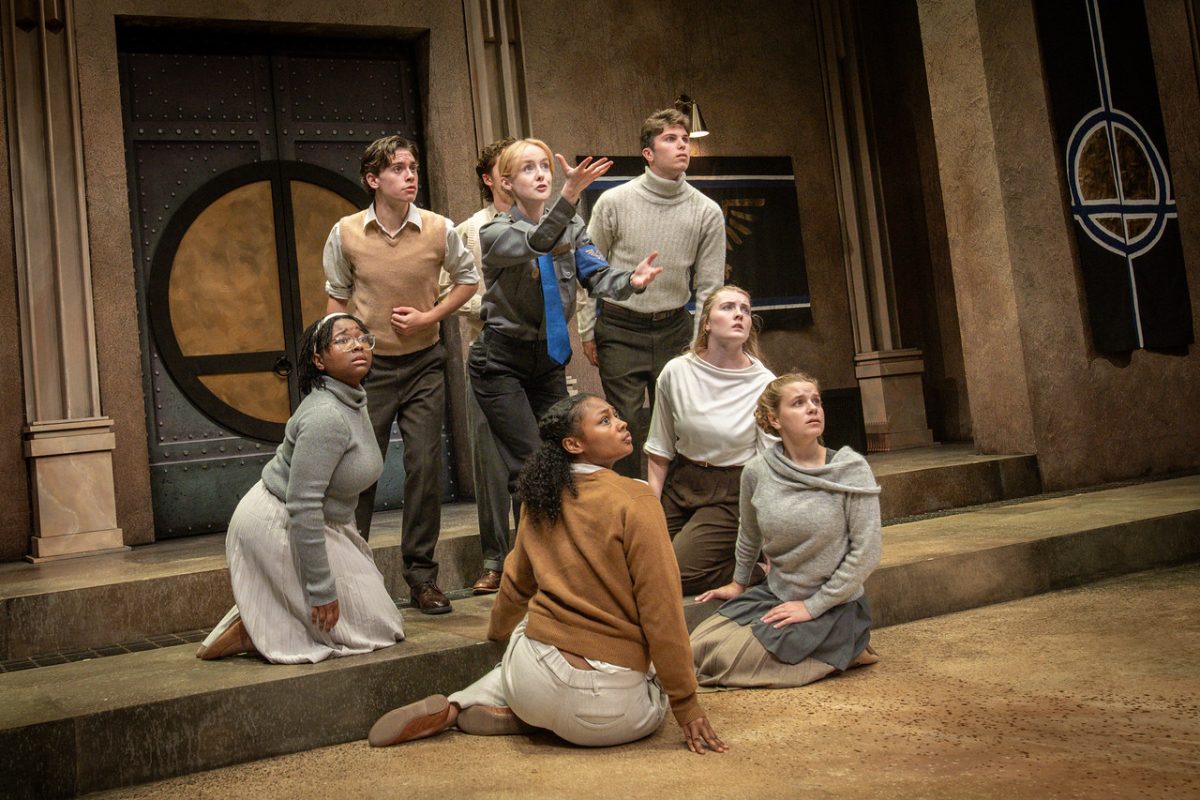



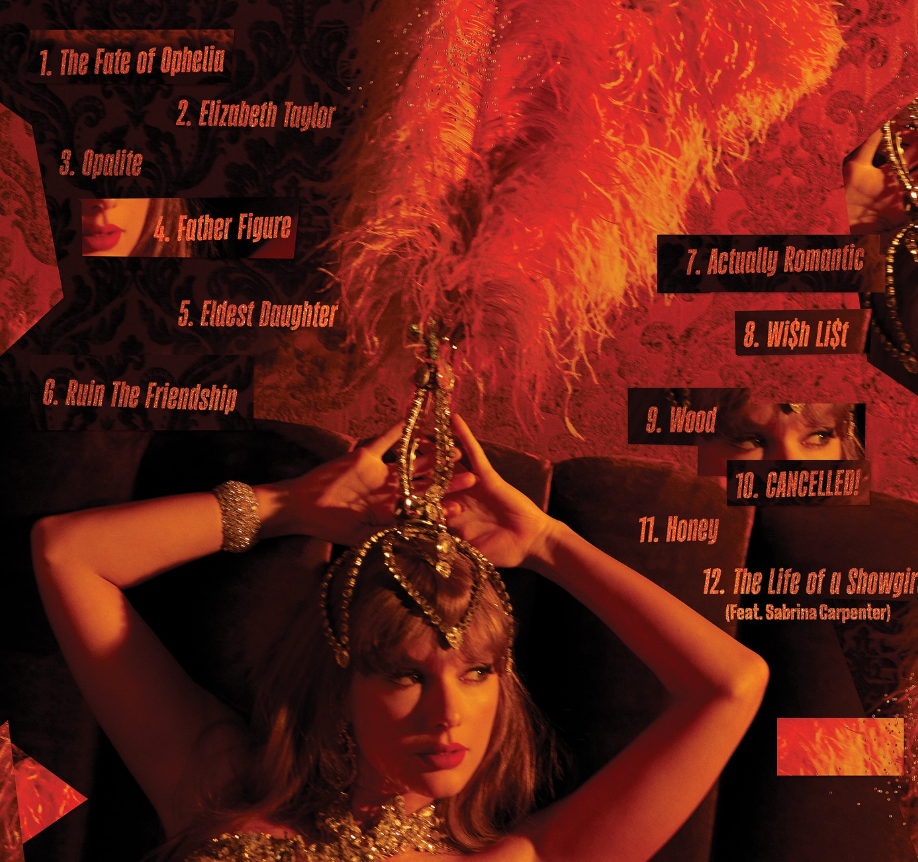

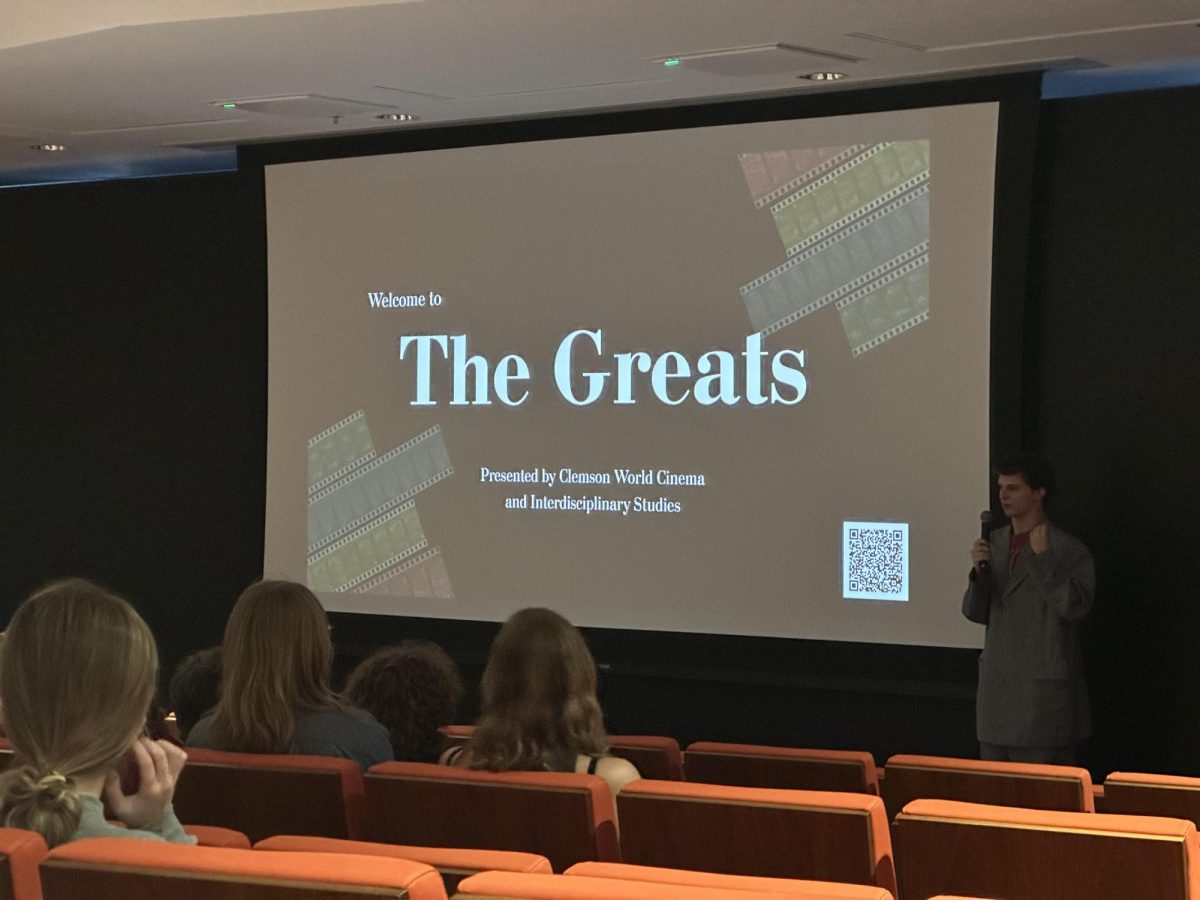
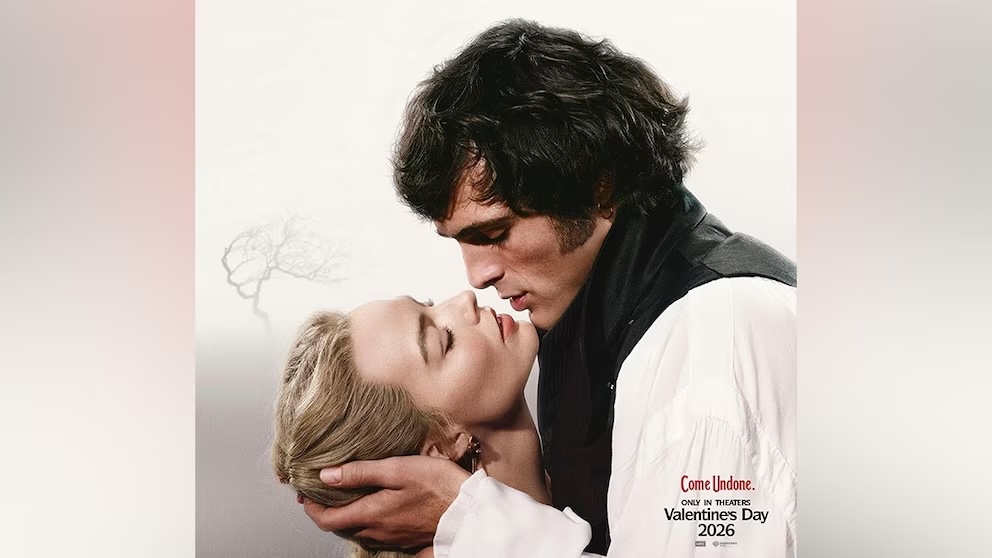
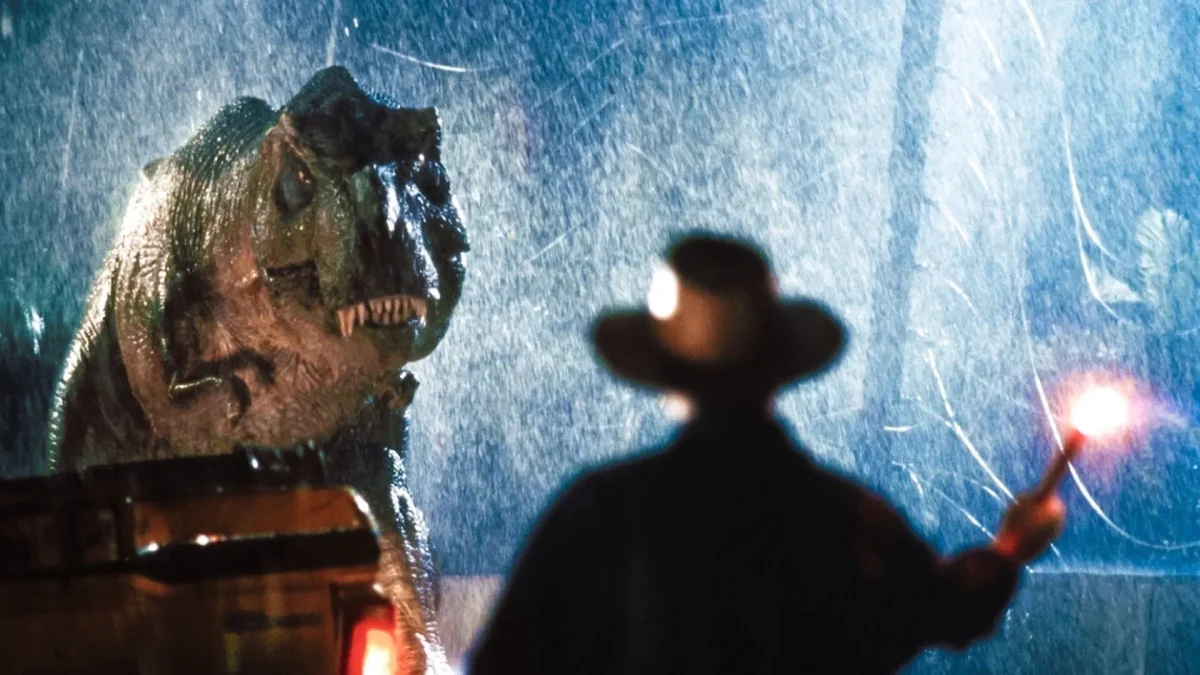
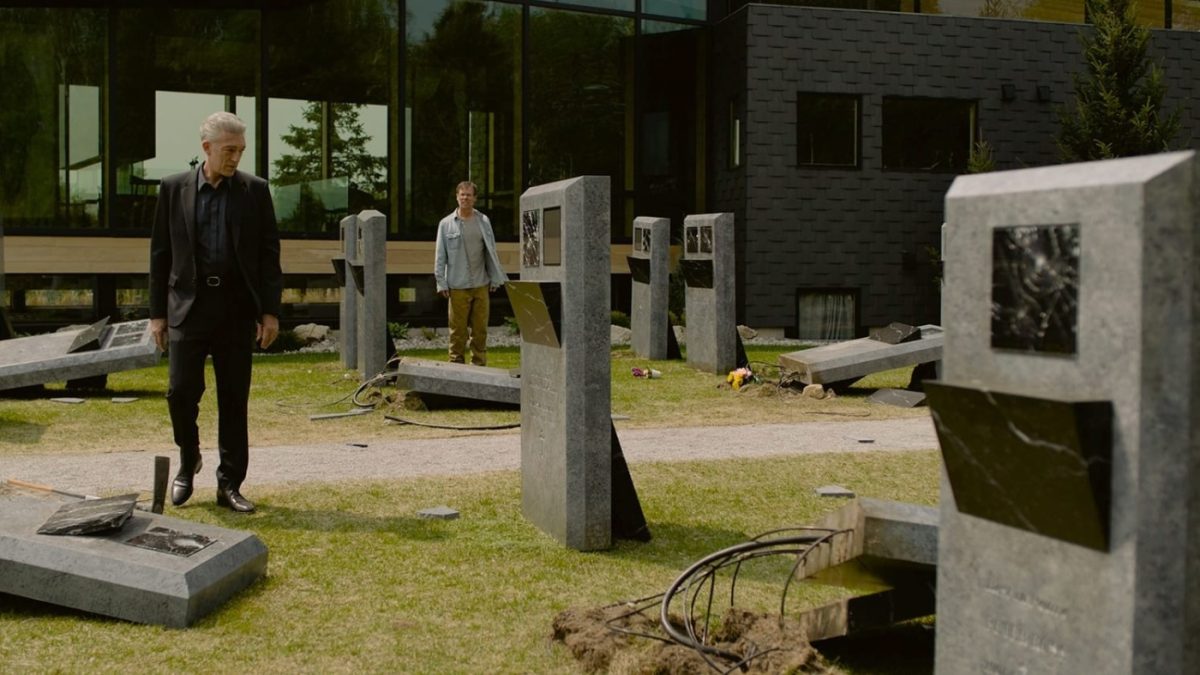

Ann Mitchell • Oct 2, 2023 at 12:55 pm
Good review, Thomas.